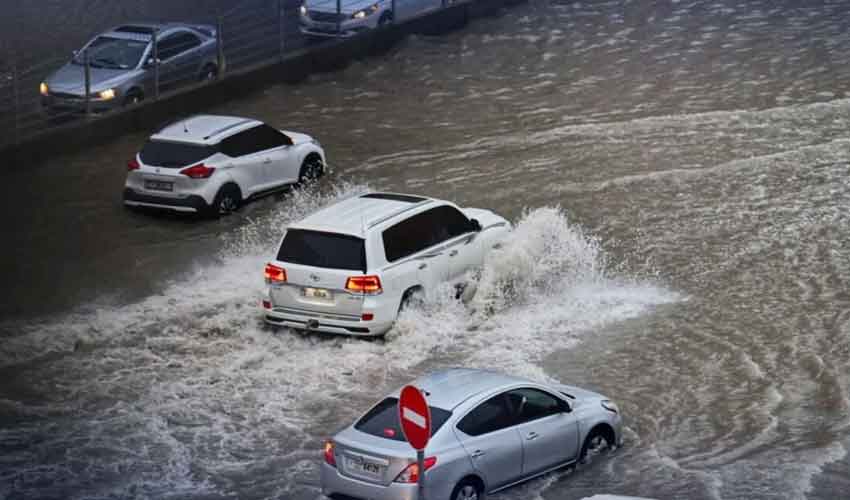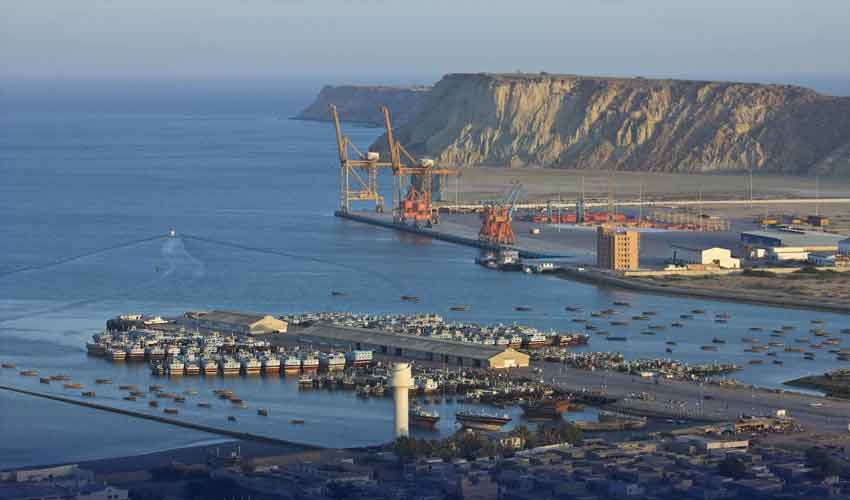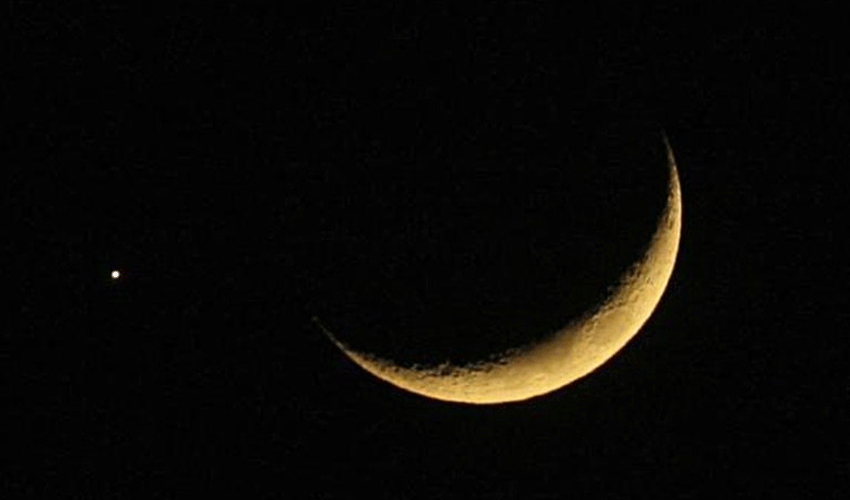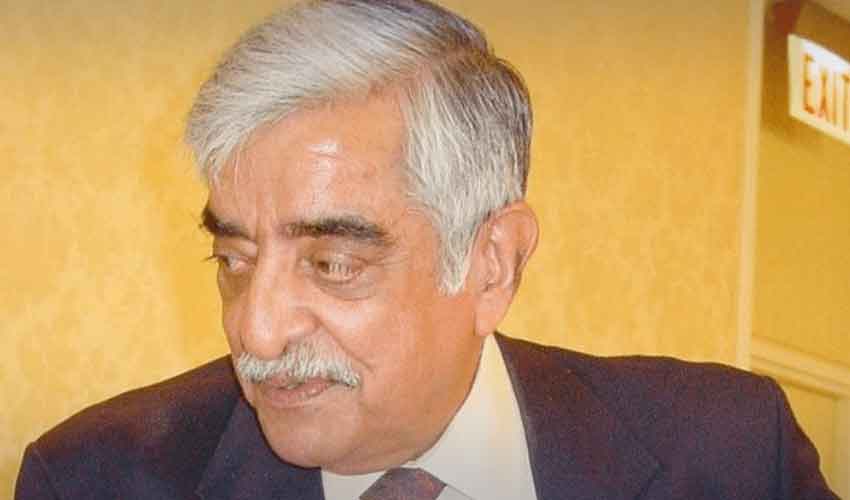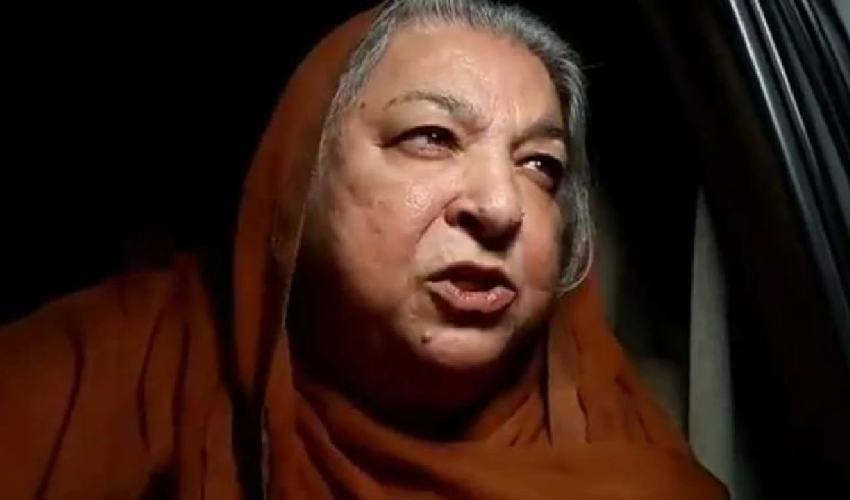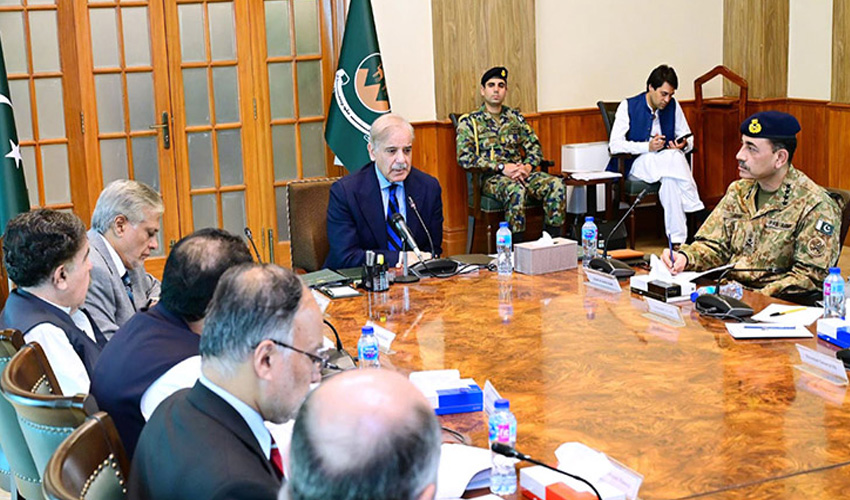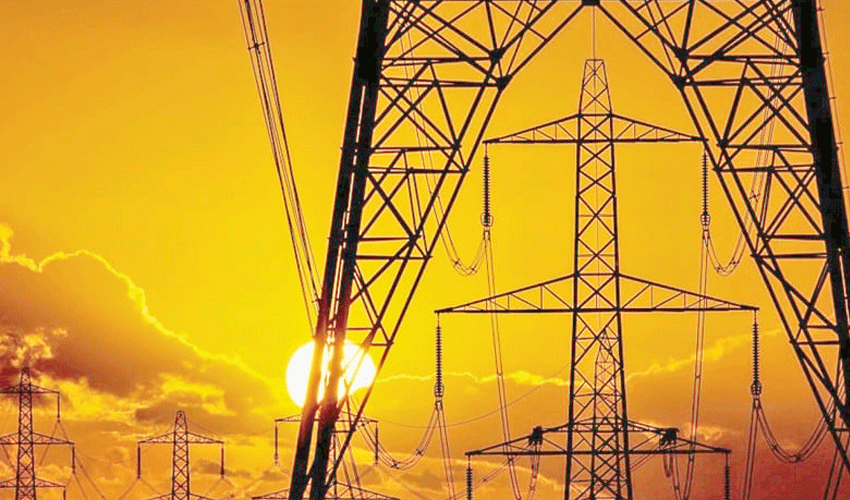The Met Department has released a detailed report on the 2024 monsoon season, highlighting record-breaking rainfall and temperature fluctuations across the country.
From July 1 to August 30, Pakistan witnessed 51% more rainfall than the average, with some regions experiencing an unprecedented deluge and others recording higher-than-usual temperatures.
The 2024 monsoon season brought heavier rains across Pakistan, with Balochistan and Sindh recording the most significant increases. Balochistan received a staggering 111% more rainfall than normal, while Sindh experienced 108% more rainfall. Punjab also saw a 48% increase, while Khyber-Pakhtunkhwa (KP) and Gilgit-Baltistan recorded smaller increments of 5% and 2% above normal, respectively. However, Azad Jammu and Kashmir saw a 21% decrease in rainfall compared to the average.
The normal monsoon rainfall in Pakistan averages around 212mm, but this year’s totals far exceeded expectations. Lahore alone recorded 951.1mm of rain throughout the season, with 603mm falling during August. On August 1, Lahore airport experienced 337mm of rainfall in a single day, marking the highest single-day rainfall in the country’s history.
The Met Department also noted that Typhoon Asna, a rare storm in the Arabian Sea, added to the season's anomalous weather. Such events, though infrequent, may become more common as climate change continues to influence global weather patterns.
In addition to heavy rainfall, the average monsoon temperature was 0.71 degrees Celsius above the norm, making it the fourth-hottest monsoon in the last 64 years. The first record was reported in 2019 when the temperature was recorded at 30.63 degrees Celsius.
The highest recorded temperature during the monsoon occurred in Turbat on July 7, where the mercury soared to 49 degrees Celsius. Dalbandin and Naukundi also experienced scorching heat, with 48 degrees Celsius recorded on July 4.
Conversely, Skardu was the coldest region in the country, with temperatures dipping as low as 7.3 degrees Celsius on September 30. The September average in Skardu stood at 11.1 degrees Celsius, making it the coldest location during the monsoon season.
Latest weather in Karachi and Balochistan
Meanwhile, Karachi is expected to remain hot and dry over the next 24 hours, with maximum temperatures forecast to reach between 38 and 40 degrees Celsius. The minimum temperature recorded today was 27.5 degrees Celsius, with 70% humidity in the air and light winds blowing from the northeast.
In Balochistan, dry weather is also expected to prevail in most areas. Quetta is forecasted to remain relatively cool with a maximum temperature of 28 degrees Celsius, while other cities in the province, such as Gwadar and Turbat, will experience highs of 38 degrees and 43 degrees Celsius, respectively.





